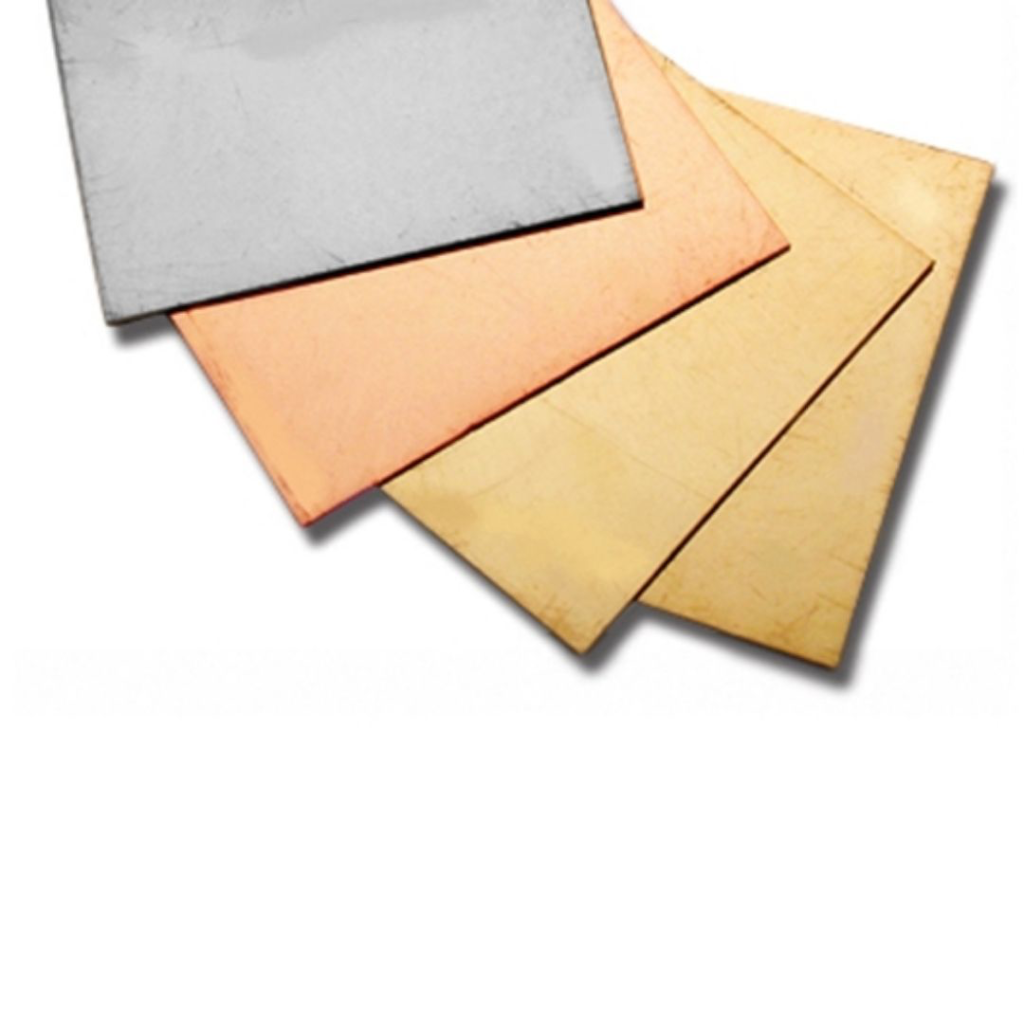The fine jewellery industry has been put on high alert due to continued reporting predicting that metal could surpass $3000 USD an ounce over the next 18 months. The quickly escalating price of gold – which stood around $1,400 USD an ounce at the beginning of the year – is tied to global and political uncertainties, plummeting oil prices and massive cash injections from governments looking to stave off the economic impact of the pandemic.
Soaring unemployment and waning consumer confidence are not the only bad news the jewellery sector now faces. If gold nearly doubles in value, designers say it will change the trajectory of business and design as they currently know it. Many have set $2,000 USD an ounce as the benchmark for when they will need to seriously reconsider pricing and approach. The last historical high for gold was around $1,900 USD an ounce in 2011.

The tactic of waiting it out and take lower margins in the meantime since everyone’s income levels are lower will not work this time around. Now is not the time to get too high on prices because people will not be able to afford it. However, if the gold price continues to rise, jewellers will have to change their prices and materials used.
The increase in the cost of gold is a small yet significant factor as we navigate the impact of COVID-19. While fine jewellery has been pushing a more minimal aesthetic that relies on precious metals, rising costs may force some designers to incorporate heavier stones to build a sense of drama instead. The result could be a new period of aesthetic for jewellery, much like pieces designed around World War II when precious metals were not readily available and design houses like Cartier relied on semi-precious stones such as amethyst and citrine to comprise the majority of their pieces.
We have already noticed a change in the style of jobs coming through our doors. It is always exciting to see how jewellers adapt to these changes and the amazing designs they are coming up with.
As always, Palloys remains open and casting every day, while also now offering Free Cast and Free Print fees and an additional 5% discount on gold and platinum in order to support our customers.
